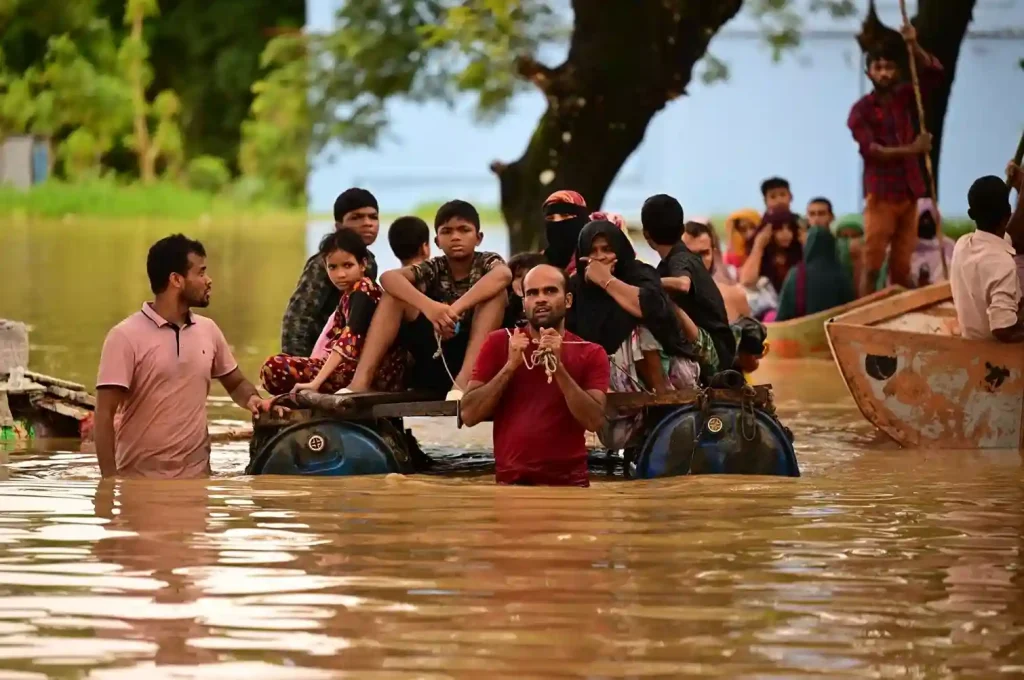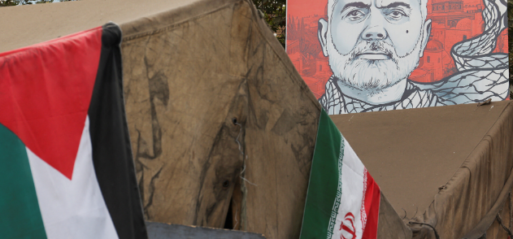Tensions between Bangladesh and India have escalated as severe flooding continues to devastate Bangladesh, with many blaming India for contributing to the disaster. According to estimates, over 1.8 million people have been directly affected across six districts, with another 3 million stranded across eight districts. The floods have resulted in over 15 deaths, compounding an already dire humanitarian crisis.
Bangladeshis have expressed outrage on social media, accusing the Indian government of exacerbating the floods by releasing water from the Dambur Dam in Tripura without prior notification. Many have criticized the Modi government’s handling of the situation, with Bangladesh’s interim government officials labeling India’s actions as “inhumane.” Naheed Islam, an adviser to the interim government, stated that India must change its “anti-people” policies towards Bangladesh.
India, however, has rejected these accusations. The Indian Ministry of External Affairs explained that the floods were primarily caused by unusually heavy rainfall. The ministry emphasized that the Dambur Dam is located more than 120 kilometers upstream from the Bangladesh border, minimizing its potential impact on the floods. Indian officials also noted that the dam gates opened automatically due to rising water levels from the rain, rather than any intentional release of water.
Diplomatic tensions have intensified, with the Indian High Commissioner to Bangladesh, Pranay Verma, meeting with interim Prime Minister Mohammad Yunus to discuss the crisis. While reports suggest that Verma was summoned for a diplomatic reprimand, Indian officials clarified that the meeting was routine and focused on peace, security, and development.
The flooding has been described as one of the worst in living memory, affecting millions across Bangladesh. According to humanitarian organizations like the International Federation of Red Cross and Red Crescent Societies (IFRC), around 7.2 million people have been impacted, with many in desperate need of shelter and emergency relief. The districts of Sunamganj and Sylhet in northeastern Bangladesh have been particularly hard-hit, with nearly 94% and 84% of their areas submerged, respectively.
As Bangladesh grapples with the aftermath of the floods, anti-India sentiment has surged, leading to widespread public discontent. Despite India’s denial of responsibility, questions linger over the extent of its role in the disaster, as the region prepares for what could be an extended period of recovery and rebuilding.





